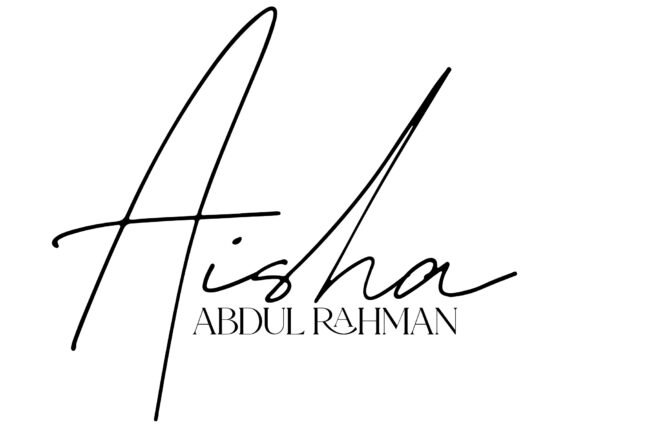
20 Feb The Differences Between Digitization, Digital Preservation, and Digital Curation
In today’s digital age, heritage museums, and cultural institutions are increasingly turning to digital technologies to preserve and share their collections with a wider audience. While the terms “digitization,” “digital preservation,” and “digital curation” are often used interchangeably, it’s essential to understand that they represent distinct processes with unique objectives and implications. In this article, we delve into the differences between these terms and highlight the importance of ongoing management, metadata, SEO, and outreach in digital curation.
Digitization: Transforming Physical into Digital Digitization involves the process of converting physical objects or records into digital formats, such as images, documents, or audiovisual files. This process enables heritage institutions to create digital surrogates of analog or physical items, preserving them in a more accessible and sustainable format. Digitization not only safeguards cultural heritage from the risk of loss or damage due to natural disasters but also enhances accessibility by enabling remote access and sharing across digital platforms.
Digital Preservation: Ensuring Long-Term Access and Sustainability Digital preservation focuses on the long-term management and stewardship of digital assets to ensure their accessibility, integrity, and usability over time. Unlike digitization, which primarily involves the creation of digital copies, digital preservation encompasses a range of strategies and practices aimed at mitigating risks associated with format obsolescence, hardware failure, and data loss. By implementing robust preservation policies, metadata standards, and backup procedures, heritage institutions can safeguard their digital collections and ensure their continued availability for future generations.
Digital Curation: Adding Value and Context Digital curation involves the active management, organization, and enrichment of digital collections to enhance their value, accessibility, and relevance. While digitization and digital preservation focus on the technical aspects of managing digital assets, digital curation emphasizes the importance of context, interpretation, and engagement. Through the creation of descriptive metadata, contextual narratives, and multimedia enhancements, heritage institutions can enrich their digital collections and provide users with meaningful and engaging experiences. Additionally, digital curation involves outreach efforts, such as search engine optimization (SEO) and social media promotion, to increase visibility and attract diverse audiences to digital collections.
Benefits of Digitization, Digital Preservation, and Digital Curation
- Digitization provides a means of safeguarding cultural heritage from the risk of loss or damage due to natural disasters, physical deterioration, or theft.
- Digital preservation ensures the long-term accessibility and usability of digital assets by mitigating risks associated with format obsolescence and technological change.
- Digital curation adds value to digital collections by providing context, interpretation, and engagement opportunities, thereby enhancing their accessibility, relevance, and impact.
While digitization lays the foundation for digital preservation and curation, it’s essential to recognize that these processes are interdependent and require ongoing management, metadata, SEO, and outreach efforts to maximize their benefits and impact. By understanding the distinctions between digitization, digital preservation, and digital curation, heritage institutions can effectively leverage digital technologies to preserve and share their cultural heritage with the world.



